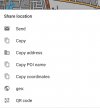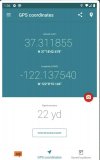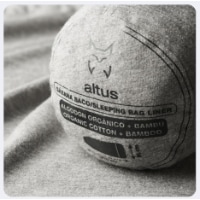Here's a worst case scenario. I'm with a tech luddite off trail bird watching in a wilderness area with no phone, data or wifi service available but there is a ranger station where we parked the car. A tree falls on me and I'm going to pass out. The rangers may not know about What3Words and I'd be dead before the luddite could figure out OSMand. I could probably get away with saying "Hey bud, open the GPS Coordinates app on my phone, take a screenshot and display it. Give the phone to Lassie and send her for help."
So not quite the circumstances one might expect on the camino! This appears to go to some basic bush-walking planning and preparation:
- Did you file a trip intention/plan with a trusted person or at the ranger station, and did you stick to it?
- Knowing that you were going to be in an area without mobile phone reception, did you carry a PLB, and why not? Where I live, one can borrow/rent a PLB from the national park service for exactly these circumstances should you not own one yourself.
- Did you think to carry a paper map and compass, and have you been following your route and sharing that information with your companion? You should have considered doing this as soon as you contemplated going off-trail. You really shouldn't be relying on a smartphone, not matter how good the mapping is, in these circumstances.
- Why were you walking with just one companion? As a general rule, there should have been at least three in these circumstances - one to go for help and one to stay with an injured person.
If you haven't done any of this, it's not so much that you deserve to die, but your lack of preparation will see you quickly in real danger of doing so.
There is no Lassie to go back. At least in Australia, dogs are banned in national parks, and Lassie was left at home with your family. If you weren't in a national park you left her at home anyway, because she always disrupts your bird-watching by her excited behaviour whenever you spot something interesting.
Your non-tech friend will get lost returning to the ranger station because they have no map and cannot use your GPS app. They will spend a couple of nights in the bush without food or shelter until the rangers ponder over why your car hasn't moved, at which point they have no idea they are looking for two people in separate locations.
They will be hampered by not knowing you have been injured, but they might assume that one of you has been.
There might need to be some checking with your family, etc to confirm that you are at risk before activating a search for you, when they will find they are looking for two people, but they won't know whether or not you have separated.
If conditions are suitable, they might start looking for you the day the alert is raised, but it might not be until the following day that a full scale search can begin, and you will have spent a third night injured, exposed and cold, having consumed any food your friend left handy as you faded in and out of consciousness.
You might begin to suffer hypothermia, reaching the point where you feel so hot that you strip off what clothes you can, glad that the cold that you were feeling last night has gone. You need to be found very quickly to survive, because you are now so close to death.
So I think your friend not knowing how to read a lat/long is probably the least of your problems in this case.
ps your friend survives, but suffers PTSD and never goes bushwalking again. The search for you continues for a another day before they find and recover your body.

 lariojainfo.net
lariojainfo.net

 lariojainfo.net
lariojainfo.net























